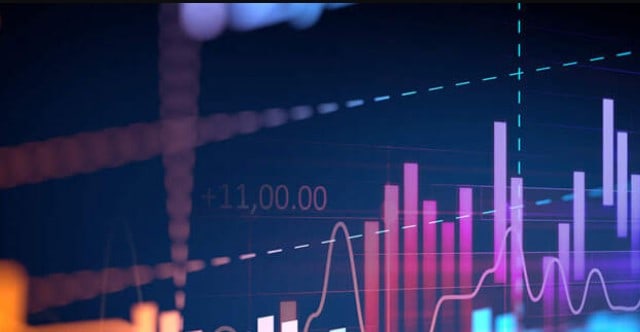Talk about getting the job done.
A stronger-than-expected November U.S. jobs report sent stocks soaring Friday, with the Dow Jones Industrial Average rallying over 300 points intraday on word that the economy added 266,000 jobs last month, mainly in education and manufacturing. Economists polled by Dow Jones expected closer to 187,000 nonfarm payroll additions.
Economic and market professionals largely see the results as yet another catalyst for the U.S. stock market’s record bull run.
Here’s what five of them — two economists, two strategists and one investment chief — see ahead for stocks.
Andy Green, managing director of economic policy at the Center for American Progress, was a bit less enthusiastic about the report than others on Wall Street:
“What we’re seeing is a result of a tremendous crash and a very long recovery. You saw the real wealth of the average middle-class American family collapse by 49% between 2001 and 2010. It was a deep financial crash and recession. It’s taken a long time to come back, and that’s great. But the real point is this recovery is an Obama-Yellen recovery. It is in spite of everything that [President Donald] Trump is doing, not because of it. If it were because of it, we would see higher gross private investment. … I think there’s a lot of caution signs out there, and so I obviously am not quite as rosy as … others.”
Douglas Holtz-Eakin, president of the American Action Forum, figured the U.S. could do “even better” in terms of growth:
“If you take a look at our best indicator of wage gains, which is the employment cost index, which has both benefits and cash compensation, that’s rising, in real terms, at about 1.1%. That’s about the rate of productivity growth, that’s exactly what you would expect, and it’s 50% higher than it was in 2016. And, hopefully, it will get stronger. Everyone, I think, would agree: We can do even better. This is a good report; we could do better.”
J.P. Morgan Asset Management’s Oksana Aronov, who leads the firm’s market strategy and alternative fixed income divisions, said this report didn’t give the Federal Reserve cause to alter its monetary policy just yet:
“We certainly have a long way to go until inflation sort of enters the narrative in any meaningful way, but I think that we’ve, as a marketplace, certainly in the fixed-income space, we’ve completely discounted it as a risk. … A stronger-than-expected print is not going to bring the Fed in, but it can change the expectations in a market where yields are so depressed.”
Jason Trennert, the co-founder, chairman and CEO of Strategas Research Partners, found the economic strength somewhat ironic:
“It’s just hard to get inflation, in my opinion. All of the inflation is in financial assets, it’s not in goods and services. … Listen, I think the irony here is that despite the duration of the expansion, which is the longest expansion in postwar history, we’re not particularly late in the business cycle. Everyone has been saying that we’re late in the cycle. This suggests that … we’re not as late in the cycle as we think.”
Lori Henel, State Street Global Advisors’ deputy global chief investment officer, predicted the market’s “upward momentum” would persist:
“It was pretty strong across the board, not just the print, but also some of the revisions from past months. Look, we’ve been pretty encouraged about the global economy all this year. We’ve seen improvement. Even in the dark of the summer when a lot of other people were thinking that we were going to go into recession, we sort of felt that the consumer and the services sector would help us kind of power through. And this is just validation that we are in a bit of an upward momentum here.”

